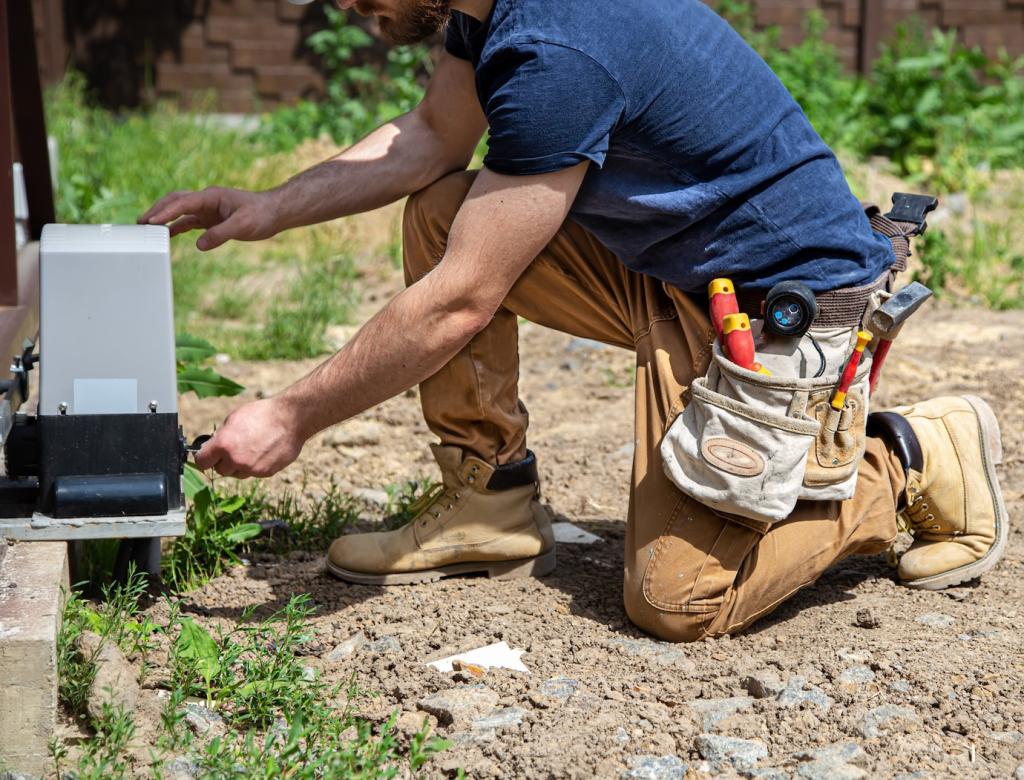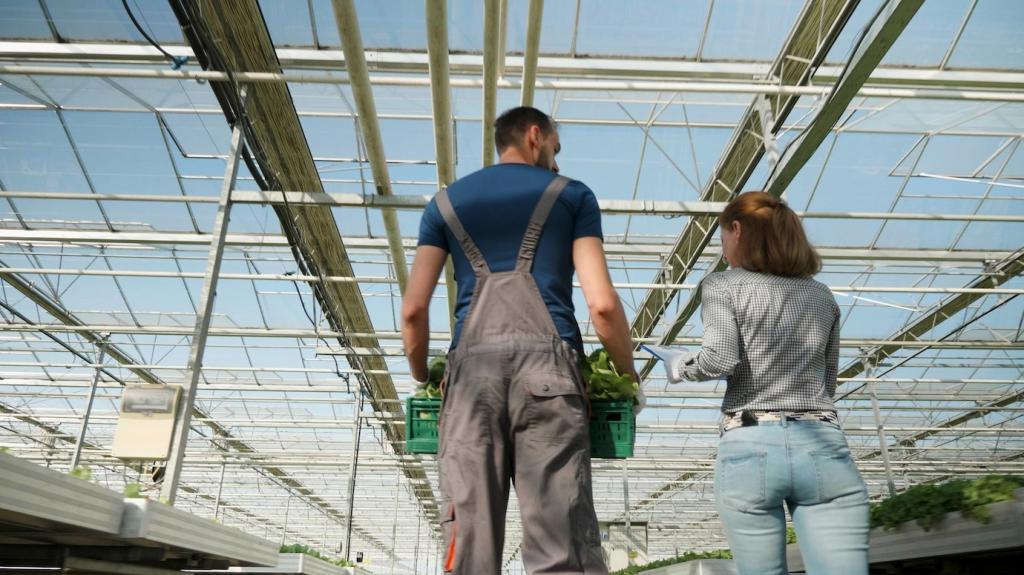Buy, Use, and Rehome Responsibly
Choose durable frames, replaceable cushion cores, and classic silhouettes that age gracefully. Ask brands about Leather Working Group–certified tanneries and low-VOC finishes. Transparency matters. Comment with questions you wish more brands answered—we’ll compile a crowdsourced checklist for greener shopping.
Buy, Use, and Rehome Responsibly
Track cleaning and conditioning dates, products used, and any repairs. A simple log prevents over-conditioning, spots issues early, and boosts resale value. Want our printable template? Subscribe and say “care log” below, and we’ll send the minimalist version straight to your inbox.



